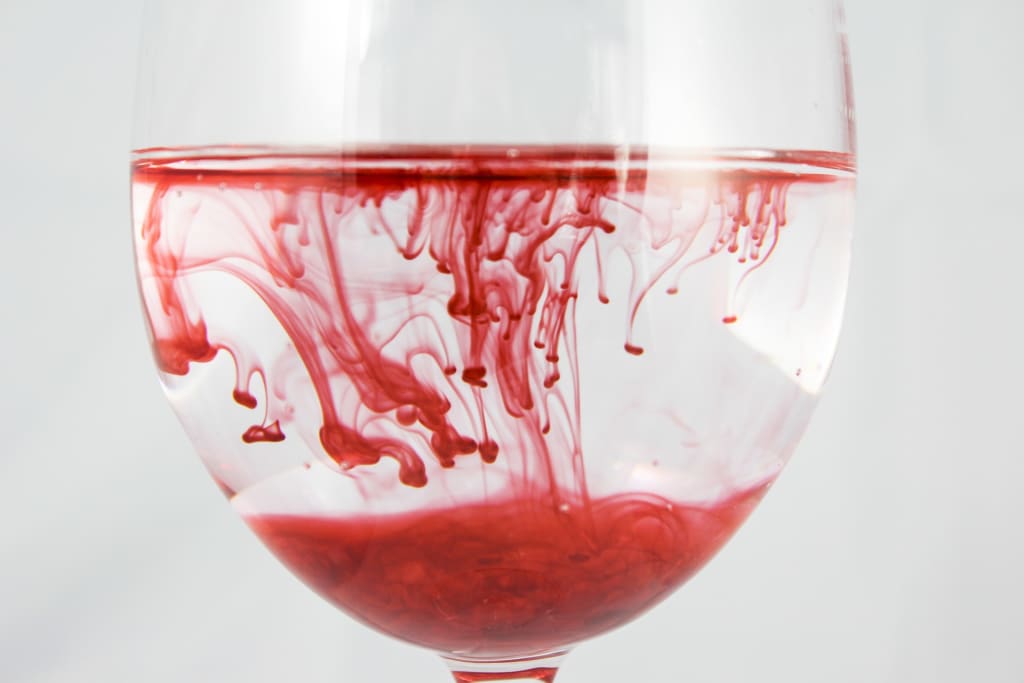
Red is a bold and powerful color that can evoke strong emotions in people. From the deep red of a rose to the bright red of a stop sign, this hue can be found everywhere in our daily lives. But what is it about this color that makes it so impactful on our emotions and behaviors? In this article, we'll explore the psychology of red colors and how they can influence us in various ways.
The Symbolism of Red
Red has been associated with many things throughout history, including love, passion, danger, and power. In some cultures, it is considered a lucky color, while in others, it is seen as a symbol of evil. Regardless of its meaning, red is a color that is hard to ignore. It is eye-catching, bold, and can easily draw attention to itself.
One of the reasons why red is so impactful is because it is one of the few colors that can be both warm and cool at the same time. On the warm side, it can be associated with fire, warmth, and passion. On the cool side, it can be associated with blood, danger, and aggression. This duality of red makes it a complex and multifaceted color that can be interpreted in different ways depending on the context.
The Impact of Red on Our Emotions
Red can evoke a wide range of emotions, from love and passion to anger and fear. For example, a bright red rose can symbolize love and affection, while deep red lipstick can be seen as seductive and alluring. On the other hand, a warning sign in bright red can make us feel anxious or scared.
Studies have shown that red can increase our heart rate, blood pressure, and respiration, which can lead to a feeling of arousal. This can be useful in certain situations, such as when we need to be alert or focused. However, it can also lead to feelings of anxiety or stress if we are exposed to red for too long.
The Impact of Red on Our Behaviors
Red can also influence our behaviors in various ways. For example, it is commonly used in marketing and advertising to draw attention to products and promotions. Red can also be used to signal danger or caution, such as in warning signs and traffic signals.
In sports, athletes who wear red uniforms have been shown to have an advantage over those who wear other colors. This is because red can evoke a sense of dominance and aggression, which can intimidate opponents and boost the confidence of the wearer.
Red can also affect our appetite and food choices. Studies have shown that people tend to eat more when they are surrounded by red, which is why many fast-food chains use this color in their branding and décor.
The Cultural Differences in the Interpretation of Red
While red has similar associations in many cultures, there are also significant differences in how it is interpreted. For example, in Western cultures, red is often associated with love and passion, while in China, it is a symbol of good luck and prosperity. In India, it is associated with purity and sensuality, while in Africa, it is often used in rituals and ceremonies.
Understanding these cultural differences is important when using red in marketing and advertising, as different interpretations can lead to different reactions from consumers.
Conclusion
Red is a powerful color that can evoke a wide range of emotions and behaviors. Its impact on us is not only influenced by our personal experiences but also by cultural differences in interpretation. Understanding the psychology of red colors can help us use this hue more effectively in various contexts, from marketing and advertising to sports and fashion.
About the Creator
Gopikrishna
I’m a man roaming the streets of Tamil Nadu with millions of dreams in mind. I hope here my blog will bring joy to readers. So motivate me by hitting the like and subscribe buttons also anyone can interact with me on a comment session.






Comments
There are no comments for this story
Be the first to respond and start the conversation.